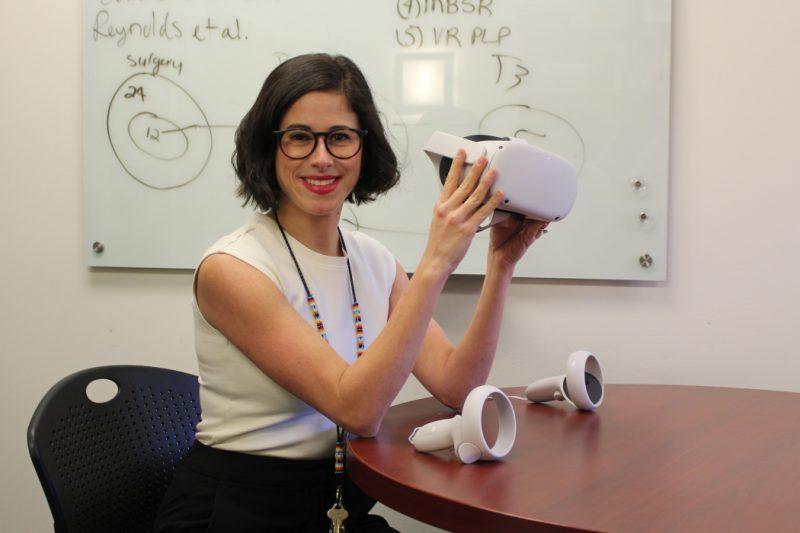:format(jpeg)/cloudfront-us-east-1.images.arcpublishing.com/tgam/RYCMTNTNUFGZDNYD7DOBRRAHMY.JPG)
Yogurt is a dietary source of calcium, which helps limit bone loss later in life.Ryan Enn Hughes/The Globe and Mail
If you’re a female aged 50 or older, preventing osteoporosis should be on your mind. Especially so, if you have a risk factors for the silent bone-thinning disease.
Osteoporosis compromises bone mass and bone strength, increasing the risk of fracture. Serious fractures of the hip and spine, which occur more often in postmenopausal women, can lead to the loss of living independently and, in some cases, life-threatening complications.
According to Osteoporosis Canada, one in three women will suffer a broken bone from osteoporosis in their lifetime. So will one in five men.
Risk factors
Age is an important risk factor for osteoporosis. Around menopause, bone loss occurs at an increased rate in women due to declining estrogen. Bone loss accelerates in men after age 65.
Other risk factors include low bone density (mass), fragility fracture after age 40, family history, cigarette smoking, heavy alcohol use, long term use of medications that cause bone loss and medical conditions that interfere with nutrient absorption (e.g., celiac disease, inflammatory bowel disease).
Prevention strategies
Whether or not you’re at increased risk for osteoporosis, the following dietary and lifestyle strategies can help protect bones throughout life.
Eat a calcium-rich diet
Getting enough calcium early in adulthood helps build peak bone mass and reduces future osteoporosis risk. (Most people reach peak bone mass around age 30.)
An adequate calcium intake also helps limit bone loss later in life. If your diet lacks calcium, the mineral is moved from bones to the bloodstream where it’s needed for muscle, nerve and blood vessel function.
Women and men, ages 19 to 50, need 1,000 mg of calcium each day; older women require 1,200. After age 70, men need 1,200 mg. Children and teens, ages 9 to 18, require 1,300 mg, while younger children, ages 4 to 8, should consume 800 mg.
One cup of milk, three quarters-cup of plain yogurt and 1.5 ounces of hard cheese each provide 300 to 330 mg of calcium.
Other good sources include fortified plant-based beverages (300 mg per one cup), sardines with bones (324 mg per 3 ounces), canned salmon with bones (203 mg per 3 ounces), tofu prepared calcium sulfate (434 mg per one half-cup), cooked collard greens (268 mg per one cup), cooked rapini (200 mg per one cup), bok choy (158 mg per one cup) and almonds (96 mg per one cup).
Calcium supplements
If you need to correct a dietary shortfall of calcium, consider a calcium citrate supplement, which typically supplies 250 to 300 mg of calcium per pill. If you need to take more than one, divide your dose over the day. Limit supplemental calcium to 600 mg per day.
Some research suggests taking a daily 1,000 mg calcium supplement – on top of getting lots from diet – may increase the risk of kidney stones and cardiovascular disease. There’s no need to consume calcium beyond your daily requirement.
Take vitamin D3
This nutrient plays a major role in calcium absorption, bone health, muscle performance, balance and risk of falling.
Osteoporosis Canada recommends year-round vitamin D supplementation since we don’t get enough sun to produce adequate vitamin D in our skin and very few foods contain the nutrient.
Adults under 50 are advised to supplement with 400 to 1000 IU (international units) of vitamin D daily. Older adults should take 800 to 1000 IU daily. To achieve an optimal vitamin D status, a higher amount may be needed.
Get enough protein
Consuming too little protein, an important structural component of bone, is associated with a greater risk of bone loss and fracture.
Distribute protein-rich foods over breakfast, lunch and dinner. Good sources include fish, chicken, lean meat, eggs, yogurt (especially Greek and Icelandic), milk, hard cheese, beans and lentils, nuts, seeds, soybeans, tofu and tempeh.
Include leafy greens
Vitamin K1, plentiful in spinach, kale, Swiss chard, collard greens, rapini and broccoli, activates proteins in the body that build and strengthen bones.
Large observational studies have linked higher dietary intakes of vitamin K1 to a lower risk of hip fracture. There’s little evidence, though, that vitamin K supplements benefit bone health.
Limit alcohol
Consuming more than three drinks per day is associated with a greater risk of a major osteoporotic fracture. It also contributes to an increased risk for falls.
Be physically active
Weight-bearing exercise (e.g., walking, jogging, Tai Chi, weight training) can strengthen bones and slow age-related bone loss. Muscle-strengthening exercise (e.g., resistance training, yoga, Pilates) can help reduce the risk of falling and fracture.
Leslie Beck, a Toronto-based private practice dietitian, is director of food and nutrition at Medcan. Follow her on Twitter @LeslieBeckRD
Sign up for the weekly Health & Wellness newsletter for the latest news and advice.
Dietary advice to protect bone health when you face a risk of osteoporosis - theglobeandmail.com
Read More

No comments:
Post a Comment